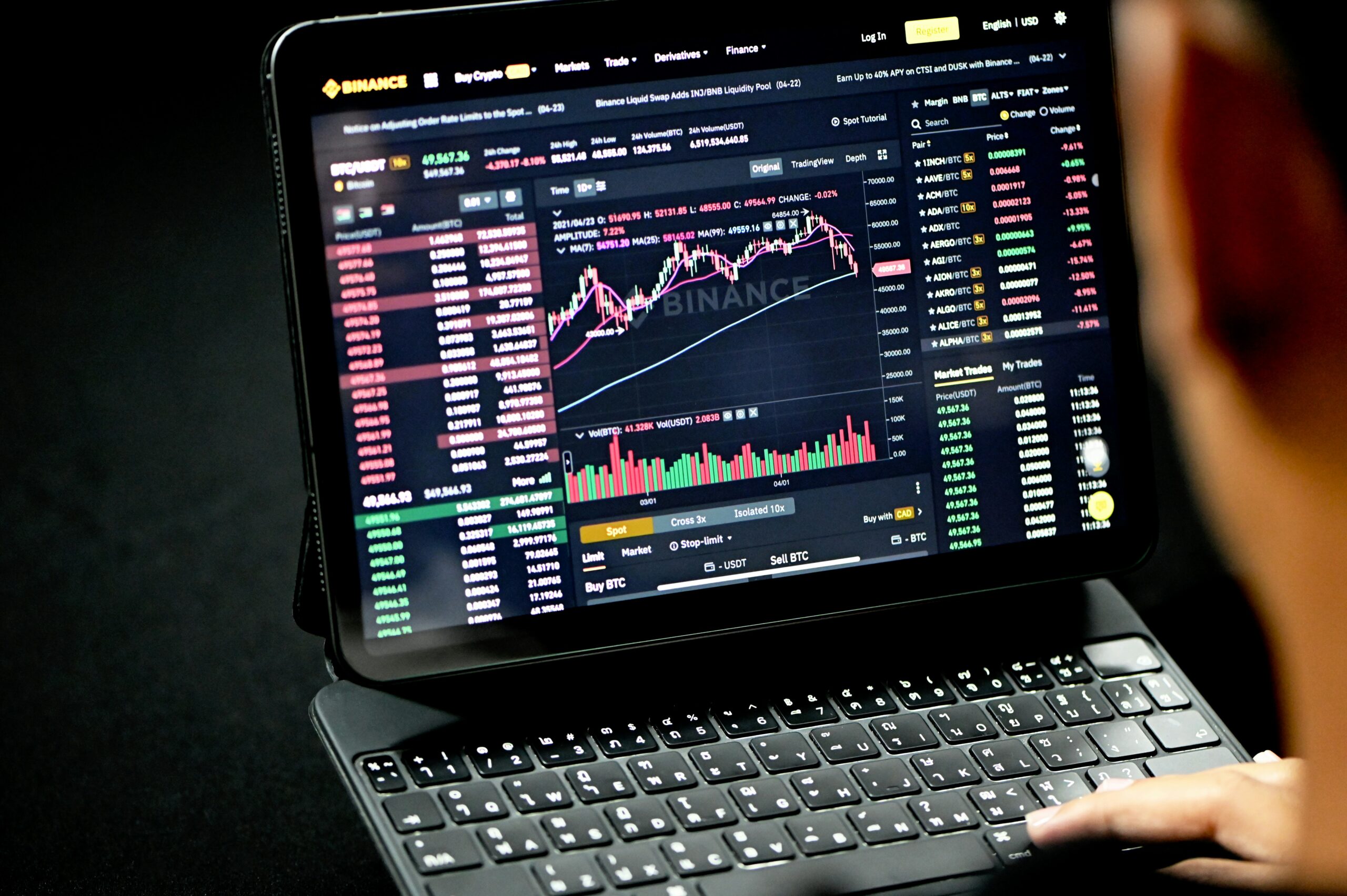

Forex Trading for Dummies: The Ultimate Beginner’s Guide to Mastering the Market
Outline
- Introduction to Forex Trading
- What is Forex Trading?
- How Does Forex Trading Work?
- Understanding the Forex Market
- The Role of Currencies
- Major, Minor, and Exotic Currency Pairs
- Why Trade Forex?
- Advantages of Forex Trading
- Risks Involved
- Essential Forex Terminology
- Pips, Lots, and Leverage
- Bid and Ask Prices
- How to Get Started with Forex Trading
- Choosing a Broker
- Setting Up a Trading Account
- Types of Forex Trading Strategies
- Scalping
- Day Trading
- Swing Trading
- Position Trading
- Fundamental Analysis in Forex
- Economic Indicators
- Central Bank Policies
- News and Geopolitical Events
- Technical Analysis for Beginners
- Reading Forex Charts
- Common Technical Indicators (Moving Averages, RSI, MACD)
- Developing a Forex Trading Plan
- Setting Goals
- Risk Management Strategies
- How to Use Leverage Safely
- Pros and Cons of Leverage
- Avoiding Overleveraging
- Psychology of Forex Trading
- Managing Emotions
- Avoiding Trading Mistakes
- Top Forex Trading Platforms
- MetaTrader 4 & 5
- cTrader and Others
- Common Forex Trading Mistakes and How to Avoid Them
- Overtrading
- Ignoring Risk Management
- Best Forex Trading Tips for Beginners
- Learning from Experienced Traders
- Practicing with a Demo Account
- Conclusion & FAQs
- Summary of Key Takeaways
- Frequently Asked Questions
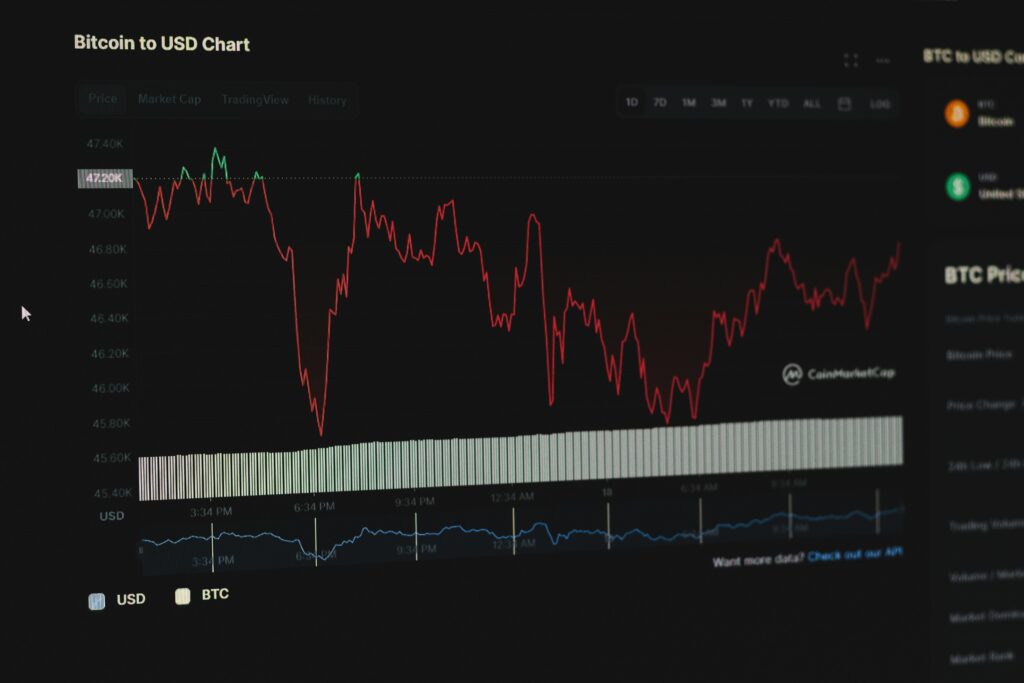
Forex Trading for Dummies: The Ultimate Beginner’s Guide to Mastering the Market
Introduction Forex Trading for Dummies
Forex trading, short for foreign exchange trading, is the global marketplace for buying and selling currencies. It operates 24/5, making it the largest and most liquid financial market in the world.
What is Forex Trading for Dummies?
Forex Trading for Dummies involves exchanging one currency for another with the aim of making a profit. Traders speculate on currency price movements to capitalize on fluctuations in exchange rates.
How Does Forex Trading Work?
Forex trading happens in currency pairs (e.g., EUR/USD). If a trader believes the Euro will strengthen against the U.S. Dollar, they buy EUR/USD. If they expect it to weaken, they sell EUR/USD.
Understanding the Forex Market
The Role of Currencies
Every country has its currency, and forex trading facilitates international trade, investment, and economic stability.
Major, Minor, and Exotic Currency Pairs
- Major Pairs: EUR/USD, GBP/USD, USD/JPY
- Minor Pairs: EUR/GBP, AUD/NZD
- Exotic Pairs: USD/TRY, EUR/ZAR
Why Trade Forex?
Advantages of Forex Trading
- High liquidity
- 24-hour market operation
- Low transaction costs
- Leverage opportunities
Risks Involved
- High volatility
- Potential losses due to leverage
- Emotional trading mistakes
Essential Forex Terminology
Pips, Lots, and Leverage
- Pip: Smallest price movement in forex (e.g., 0.0001 for most pairs)
- Lot: Standard trade size (micro, mini, and standard)
- Leverage: Borrowing funds to increase position size
Bid and Ask Prices
- Bid Price: Price buyers are willing to pay
- Ask Price: Price sellers are willing to accept

How to Get Started with Forex Trading for Dummies
Choosing a Broker
- Check regulation and reputation
- Evaluate spreads and commissions
- Consider trading platforms offered
Setting Up a Trading Account
- Complete registration
- Verify identity (KYC)
- Deposit funds
Types of Forex Trading Strategies
Scalping – Making small profits from quick trades
Day Trading – Opening and closing trades within the same day
Swing Trading – Holding trades for several days or weeks
Position Trading – Long-term strategy focusing on trends
Fundamental Analysis in Forex
Economic Indicators – GDP, employment reports, interest rates
Central Bank Policies – How monetary policies affect forex markets
News and Geopolitical Events – Global events impacting currency prices
Technical Analysis for Beginners
Reading Forex Charts – Understanding candlestick, line, and bar charts
Common Technical Indicators – Moving averages, RSI, MACD, Bollinger Bands
Developing a Forex Trading Plan
Setting Goals – Define risk tolerance and profit expectations
Risk Management Strategies – Stop-loss and take-profit orders
How to Use Leverage Safely
Pros and Cons of Leverage
- Increases profit potential but also risk
- Requires disciplined risk management
Avoiding Overleveraging
- Use lower leverage ratios (e.g., 1:10 instead of 1:100)
- Never risk more than 2% of your capital per trade
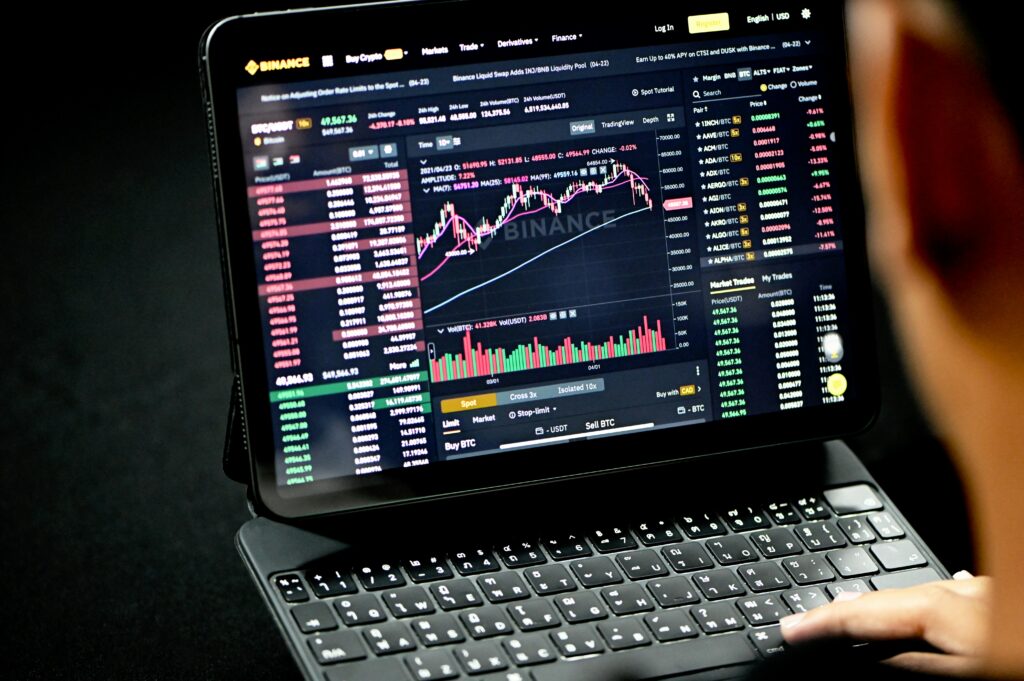
Psychology of Forex Trading
Managing Emotions – Stay calm, avoid impulsive decisions
Avoiding Trading Mistakes – Stick to your plan, don’t overtrade
Top Forex Trading Platforms
- MetaTrader 4 & 5 – Most popular platforms
- cTrader – User-friendly and advanced features
Common Forex Trading Mistakes and How to Avoid Them
- Overtrading
- Ignoring stop-loss orders
- Lack of proper research
Best Forex Trading Tips for Beginners
- Learn from experienced traders
- Use a demo account before trading real money
- Stay updated with market news
Conclusion
Forex trading can be highly rewarding, but it requires patience, education, and discipline. By understanding the market, using the right strategies, and managing risks effectively, beginners can navigate the forex world with confidence.
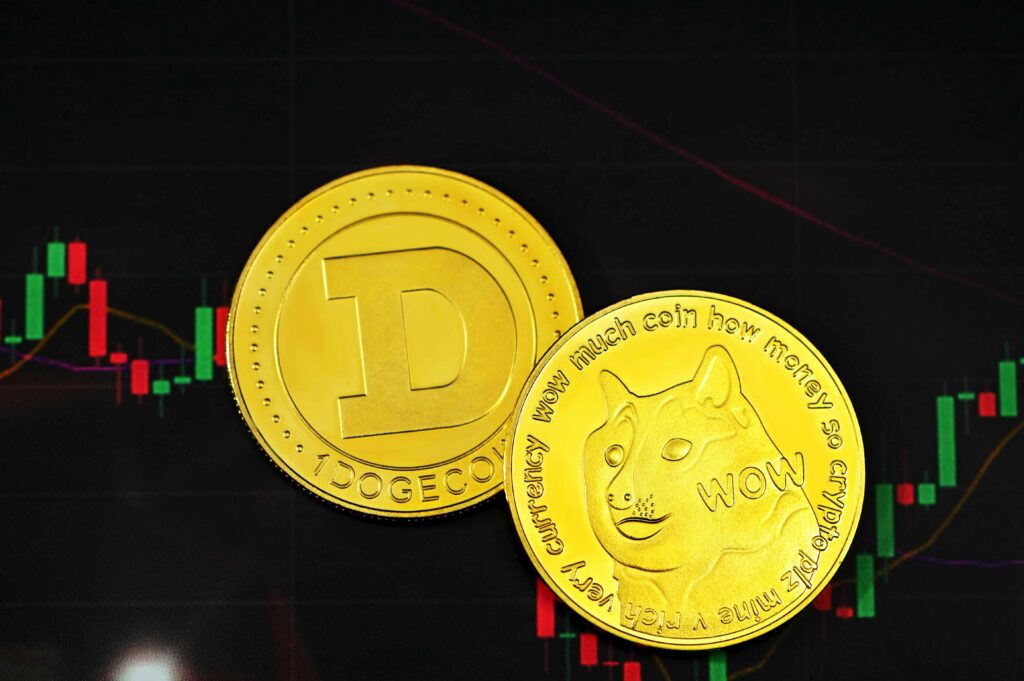
FAQs
- Is forex trading good for beginners?
Yes, but proper education and practice are essential. - How much money do I need to start forex trading?
Many brokers allow trading with as little as $10, but $100-$500 is recommended. - Can I trade forex without a broker?
No, you need a broker to access the forex market. - What is the best forex trading strategy for beginners?
Swing trading is often recommended for beginners. - How long does it take to become a successful forex trader?
It varies, but typically 6 months to 2 years of learning and practice.



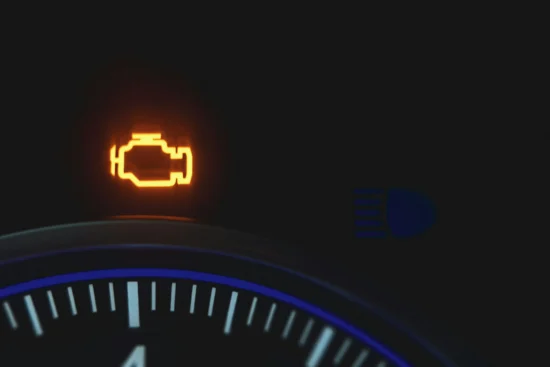

Comments (1)
Instagram Auto followsays:
April 18, 2025 at 4:01 amI’m really inspired along with your writing talents as smartly as with the structure in your blog.
Is that this a paid subject matter or did you customize it
yourself? Anyway keep up the nice high quality writing, it is uncommon to see a
nice weblog like this one today. Stan Store alternatives!